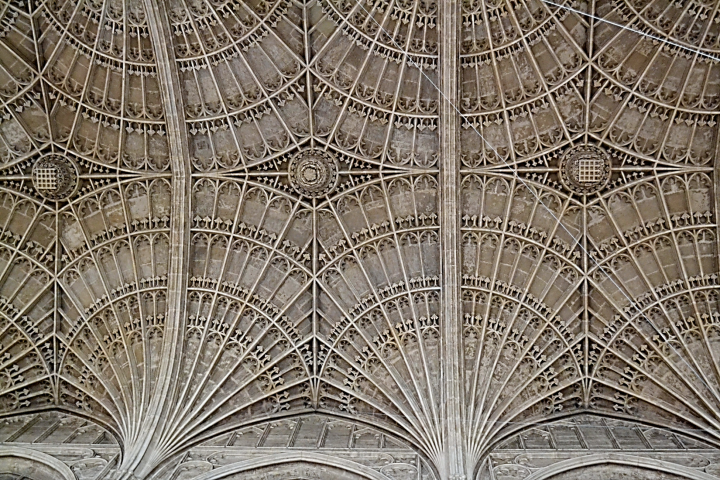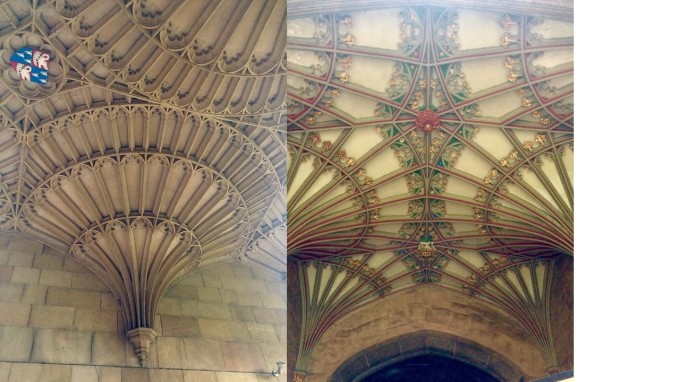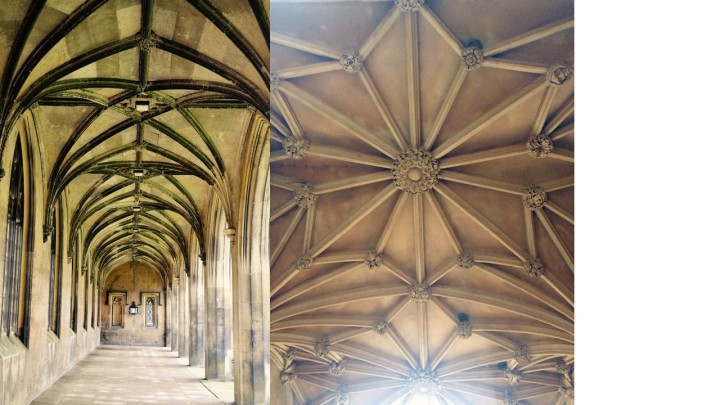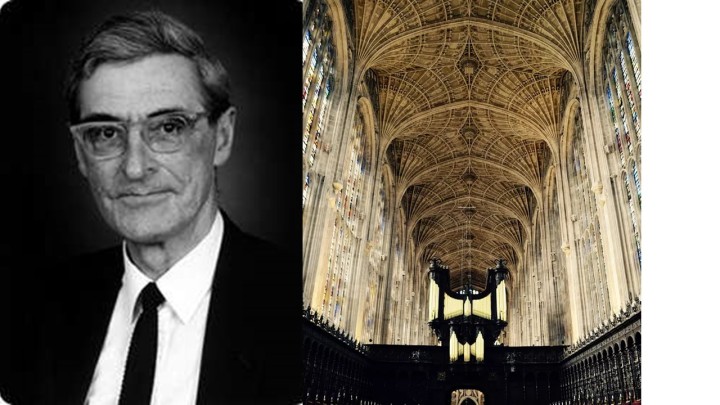Our Princeton alum, Anjali Mehrotra, is currently pursuing a PhD in historic masonry structures at the University of Cambridge, UK. We asked Anjali to take us on a campus tour in search of structural surfaces. This is what she showed us.

There is an abundance of vaulted structures in Cambridge, including the main gates of Corpus Christi College, Trinity College and St John’s College, which are also examples of fan vaults and are each adorned with the respective college’s crest.

Other vaulted structures in St John’s include the cloisters of the neo-Gothic New Court, which were designed by Thomas Rickman and Henry Hutchinson between 1826 and 1831. Around the same time, another architect, William Wilkins, designed the Great Hall and Gatehouse of King’s College.

Professor Jacques Heyman, former Head of the Cambridge University Engineering Department, is widely considered to be one of the world’s leading experts in cathedral and church engineering. He revolutionized the analysis of masonry structures by translating plastic theory developed for steel design into theorems which could be used for stone as well. His book The Stone Skeleton: Structural Engineering of Masonry Architecture is the seminal work in this matter. His theories have been used for the analysis of various types of masonry structures including arches, spires and vaults, with the latter including Gothic style fan vaults, with perhaps the most famous example being the vault of King’s College Chapel in Cambridge. Built between 1512 to 1515 by John Wastell, the fan vault is 88 m long and 12 m in span, making it the world’s largest.

Author: Anjali Mehrotra

